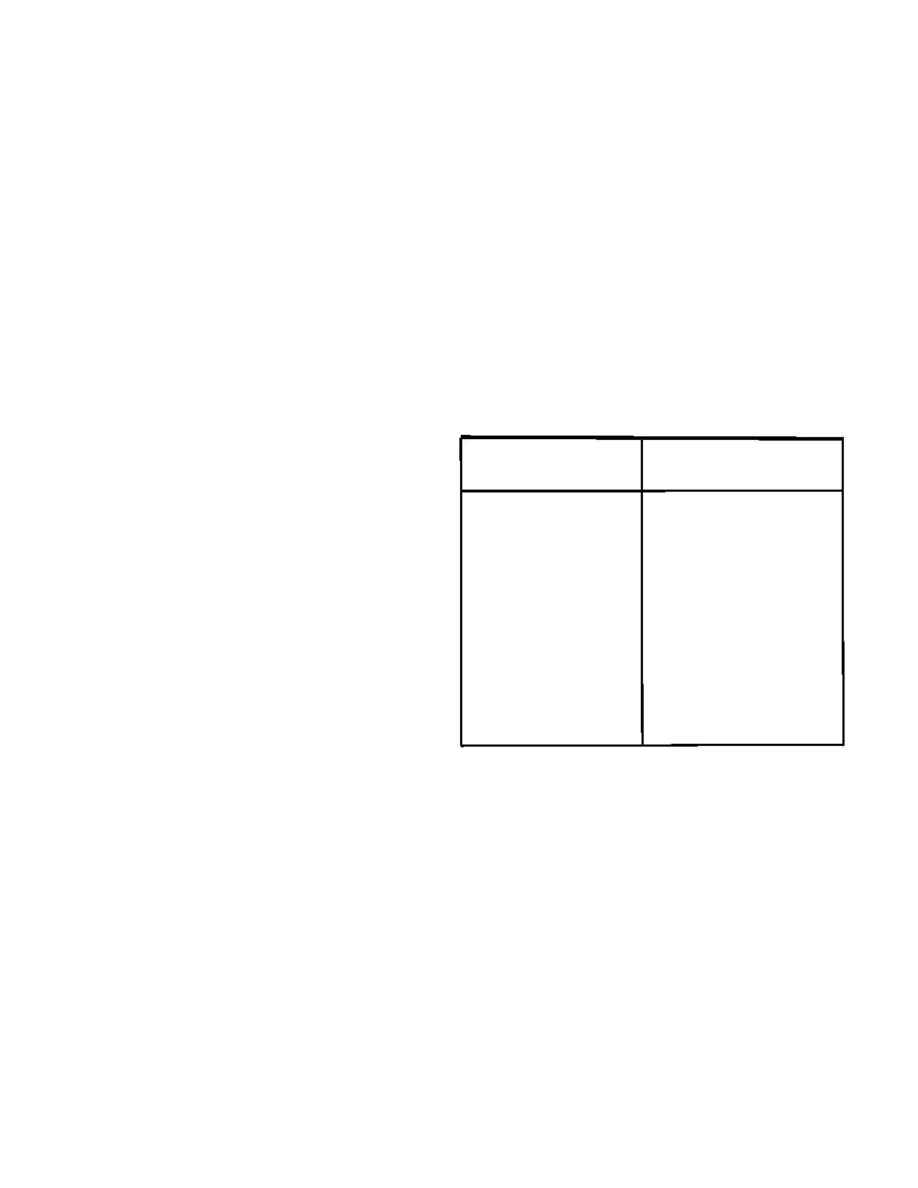
Although the Fuel is a relatively new frame platform,
it has already proven itself to be a top level performer.
In 2001,the Trek Fuel set the pace with Trek's Roland
Green on board. Clearly, the Roland and the new Fuel
are a fast combination. The Fuel is also an excellent
handling machine. And it doesn't waste your energy.
Everything a perfect full suspension bike should be. So
even on a casual afternoon spin, the Fuel makes riding
more fun.
Suspension design
The Fuel uses a rocker linkage to activate the rear
shock. This rocker adds lateral rigidity to the frame, so
the Fuel steers and handles like a hardtail. Likewise, the
relatively short travel (by Trek standards of the past) of
3" (75mm) gives a hardtail feel to the bike. However, the
pivot location and resultant progressive suspension and
compression ratio allows the Fuel to be plush on small
stuff, yet not bottom on the big hits. The end result is
an almost invisible suspension feel; it takes the edge off,
but you don't really notice the suspension movement.
Combined with low weight, these features make the Fuel
the ultimate all-round suspension bike.
The new Fuel uses ZR9000 frame technology. You'll
notice the large diameter tubing, especially the down
tube. Although it's more expensive, you'll see we even
manipulated it into a bi-axial shape for the additional
frame strength . Those large diameter aluminum tubes
make the Fuel very stiff laterally, so it handles like it's
following a set of rails. The frame stiffness also works
to put power to the ground efficiently. Less flex means
your pedaling energy translates directly into forward
motion. And of course, with Alpha technology the frame
is very light for a full suspension bike.
While the frame design and tubing selection work to
add steering control and maximize pedaling power, the
suspension design is also helping out in a big way.
The tires follow the terrain for maximum traction, pedal
interrupting bumps virtually disappear, and big hits are
swallowed up without bottoming. The key to doing all
this while staying invisible to the rider is tuning of the
overall suspension. Designed for the progressive action
and low weight of an air shock, the Fuel has a unique
blend of a progressive shock combined with a low
leverage ratio. This, coupled with a very specific pivot
location, takes rear suspension performance to a level
that is instantly distinguished over other designs. The
results are greater efficiency in both terrain response
and the transfer of your energy to the rear wheel all the
while being almost undetectable.
And don't forget the details!
It should be obvious our engineers worked really hard
on this one. In addition to hard work, they had the
advantage of borrowing from a lot of technology we've
developed in full suspension bikes over the last 9 years.
Trek has made a lot of bikes, period, and from this
palette of experience we made sure the Fuel has all the
little details a great all-round bike needs. Even though
it's full suspension, the Fuel has three usable water
bottle mounts so long rides don't leave you shriveled
like a prune. It has a replaceable derailleur hanger, to
help you get home from the back country. Of course, the
Fuel also has top routed cables to keep the controls free
from muck-induced friction.
Fuel suspension setup
As a starting point for adjusting the suspension on a
Fuel, we recommend setting the forks for about 15% sag
(12mm), and the rear shock at about 25% sag (9mm).
This will provide a good, all-round ride. If your riding is
slower or more technical, you may want a softer setup.
If you ride really fast, or on smoother terrain, you may
like the Fuel set up a bit firmer. Find out what the
correct pressures for the starting sag are, and then try
changing by increments of 5 to 10 psi.
To make it easier to set a Fuel up for a test ride, a
shop can use body weight. However, be aware that the
distribution of your body weight, both on your body
and on the bike, may not balance out at the previous
sag recommendations. As an example, if you like your
saddle pushed way back, you will apply more force to
the rear shock, increasing the sag. That said, try using
a setting in the rear shock of 2/3 your body weight in
pounds. If the shock has damping adjustment, set it at
2 clicks in from full fast.
Body
/Preload
Body
/Preload
Weight
Weight
LBS
PSI
KG
ATM
100
67
45
4.6
110
74
50
5.1
120
81
55
5.5
130
87
60
6.0
140
94
65
6.6
150
101
70
7.3
160
107
75
7.8
170
114
80
8.2
180
121
85
8.7
190
127
90
9.1
200
134
95
9.7
210
141
100
10.2
220
147
105
10.6
230
154
110
11.1
240
161
Trek 2002 Tech Manual
Fuel
